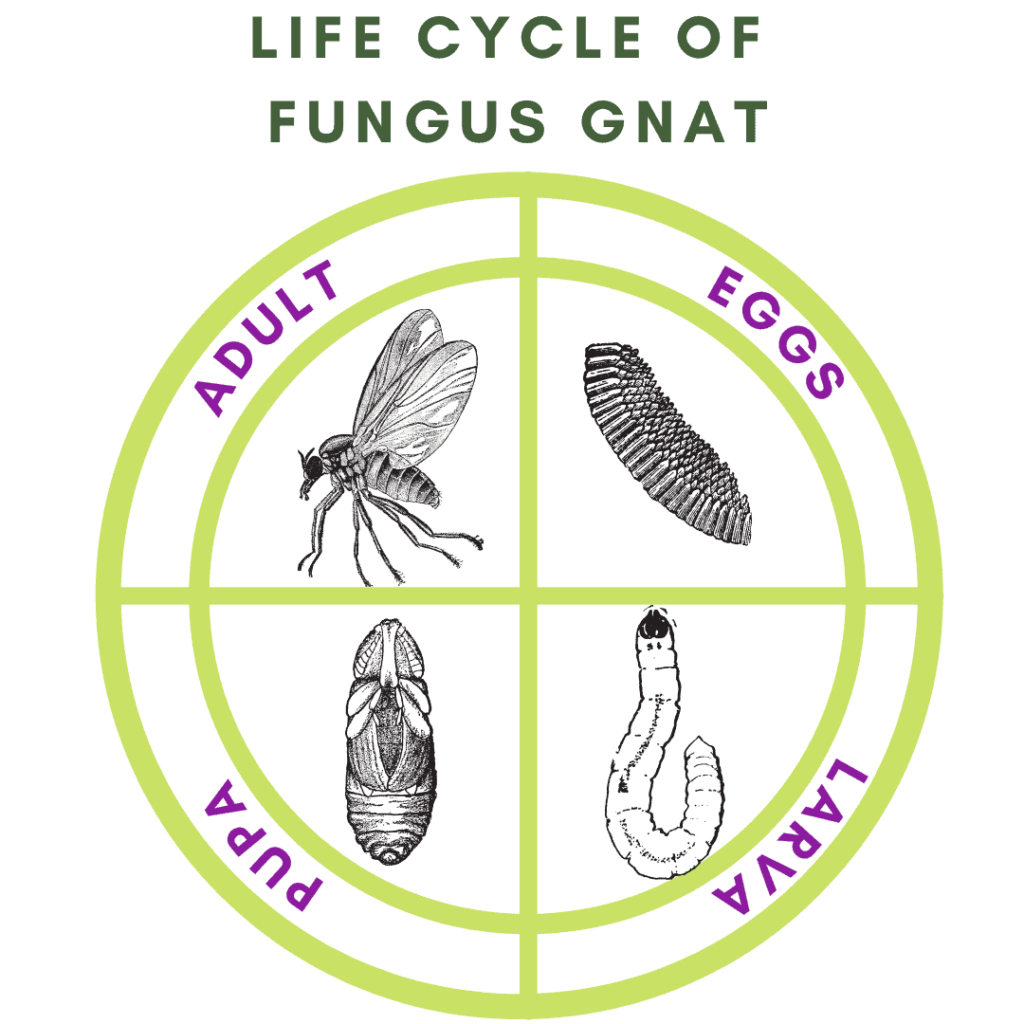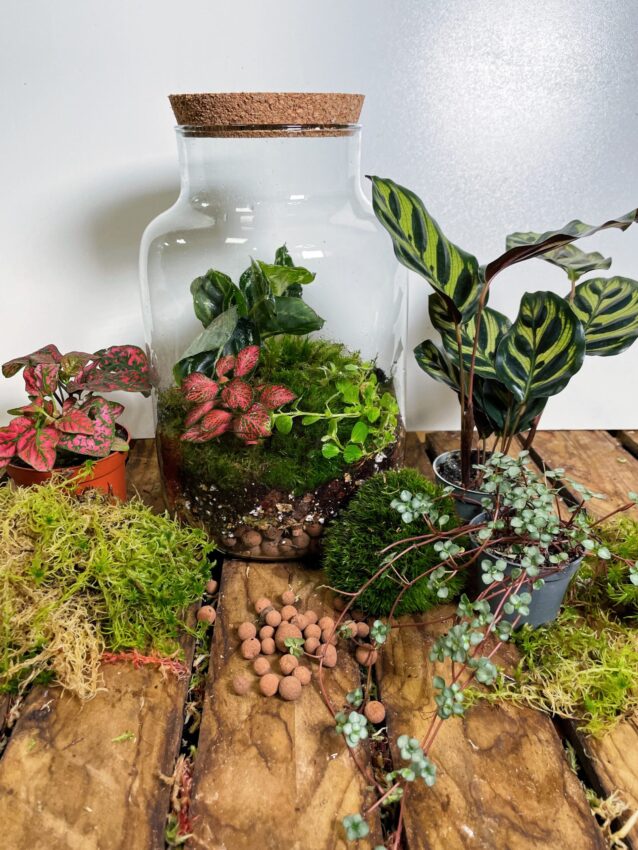Table of Content
- About
- Light
- Humidity
- Water
- Soil
- Pests & Diseases
- Feed
- Pruning & Propagating
- Repotting
- Troubleshooting & Tips
- Toxicity
- Species
- Ludisiaaa discolour
About
Ludisia is a simply stunning houseplant. Their delicate velvet-like leaves of dark rich colours and strikingly bright veins that run in parallel lines along the leaf surface make this plant highly desirable. To top it off they also create beautiful white flowers that sit in clusters on top of tall stems that reach out from the centre of the leaves.
With all these gorgeous features they have been rightly dubbed as the Jewel Orchid because of their bright irresistible colours. But this genus Ludisia is different to the average orchid that has made its way into houseplant cultivation. With very few species that make up the genus this orchid is terrestrial. Unlike all other Orchids, which often grow as epiphytes on tree branches or rock crevices, these unique plants grow firmly in the soil safe on the tropical forest floor.
What Ludisia does share in common with the rest of its family is the location in which they can be found. Belonging to the tropical and sub-tropical regions of Southeast Asia, this plant is far spread and can be found in Malaysia, Indonesia, Myanmar, Thailand, Vietnam, Southern China and Northeast India. While well-known in these native regions for a long, long time it was first described and noted for Western culture in 1818 and was originally known as Goodyera discolour. A few years later for no known reason, it was moved to its own genus and renamed Ludisia.
Ludisia, like all orchids, can be a bit fussy and are best suited for more experienced hands as their care can sometimes prove a little bit delicate and troublesome. What makes them so tricky is their love of heat, humidity and shadier light condition. Often this plant is best suited to a terrarium under artificial light or in bathrooms and kitchens where they can benefit from the warmth and humidity but not be overexposed to too much bright light.
Light
The thing to remember with these plants is naturally they grow amongst dense vegetation on the forest floor where light levels are low and everchanging. In a home setting, they will tolerate bright indirect light but they will prefer to be in a slightly shadier location. They will tolerate almost full shade with a small amount of light but only if temperatures are kept above at least 16°C and humidity levels are at their peak.
Ludisia is very unforgiving to harsh direct sunlight which can cause irreversible damage to the foliage. They can tolerate some direct light if it’s first thing in the morning or last thing in the evening but even this in some cases can cause scorch or damage to the leaves.
Humidity
While these plants will perform best at high humidity, around 70%, without good air circulation this can cause powdery mildew to take hold. So it’s important to remember that when used in terrariums you must let your terrarium breath daily to ensure this problem doesn’t occur.
Ludisia will just about tolerate lower humidity levels, often this will mean that their flowers may not be quite as spectacular but it’s a fair compromise. Most importantly NEVER mist your Ludisia, this will cause petal blight which can spread fast and take out a few innocent bystanders in its wake.
Pro Tip
The best way to maintain high humidity is to use a humidifier placed about a meter away from your plant to provide high ambient humidity. Alternatively, you could place your plant on an undertray filled with coya pebbles or small stones that are sitting in a shallow layer of water. Make sure the plant is not submerged in any water as this can lead to root rot. As the water from the undertray evaporates from the surface of the pebbles or stones it will keep humidity levels high exactly where you need it most.
Water
In general, Ludisia loves moist conditions and is happy to have its soil kept relatively moist. During the warmer months allow the soil to dry out about halfway up the pot before giving it another drink.
However, if you are after a more spectacular bloom of flowers you may want to keep the plant on the drier side. Add a few more days between watering and this will trick the plant into thinking times are harder than they actually are and it will be encouraged to create more flowers in order to give the next generation a great hope of survival.
Soil
Ludisica being a terrestrial orchid will like slightly more substantial soil than regular orchids but not too much. It is best to use a 70 – 30 split between an orchid potting mix and a House plant potting mix
This predominant mix of orchid potting mix will allow for the best conditions, and give space and plenty of aeration to the roots while providing a slightly firmer environment that will hold on to a touch more moisture and nutrients.
Pests & Diseases
It is good practice to regularly check your plants for any signs of aphids, red spider mites, mealy bugs, and thrips. You may notice some signs of distress and allow yourself time to prevent a full-blown attack.
The most common pests that are attracted to Ludisia are aphids & mealybugs. Common diseases with Jewel Orchids are root or rhizome rot, powdery mildew, leaf-spot disease, botrytis petal blight and powdery mildew.

Check our video on homemade pest remedies or head over and read are Fungus Gnat Fact Check
Feed
Like most houseplants, to promote healthy roots, stems, and leaves they will need a steady supply of nitrogen, phosphorus, and potassium. The most important to Ludisia is potassium as this will help to prolong their blooms when they flower.
A good liquid houseplant feed can be applied every four weeks during the growing season. There’s no need to feed during the winter, light levels are much lower and the plant won’t use as much energy to grow.
Pruning & Propagating
It’s good practice to keep your plant well trimmed, removing any yellowing or dying leaves, this will help to encourage new growth and lower the chance of infection and disease. It will also help to remove flowers as soon as possible after they’ve bloomed as this will help to preserve energy for the rest of the plant.
REMEMBER – Always use clean and sharp pruning scissors!
These plants grow from rhizomes and the easy way to propagate the plant is by what is known as a rhizomatous cutting. It is best to do this in the spring and with a plant that is at least three years old as this will reduce the chance of shock and collapse of the plant.
Remove a rhizome where the leading growth is hardened at the base and new foliage growth is appearing.
Place this on the surface of moist houseplant soil, place it in a see trough bag and seal it up. Make sure the bag has some holes to allow fresh air to move through. This step will maintain high humidity levels which the plant will need to take root.
Make sure to keep the soil moist and within a month or so you should be able to plant it into a regular soil mix for Ludisia
Repotting
Repotting a Ludsia can be very dependent on the conditions it’s being kept and is difficult to put an average time scale on. It could be anywhere between yearly or every three years. It’s best to look out for the signs that your plant is starting to outgrow its home. With Ludisia the easiest thing to look out for is protruding roots and a sudden drop of leaves.
It’s also a good idea to water your Ludisia the day before you plan on repotting as this will help to prevent the plant from going into shock.
The pot size can increase by one step up for as long as you have the space to house the new influx of growth. If you have reached your maximum pot size you will need to top-dress the plant once a year with a fresh layer of soil to replenish the nutrients.
The best time to repot your plant is when spring arrives. Outside temperatures will rise and the daylight hours will increase. When this happens your Ludisia will react quickly to the environmental change and start producing lots of new roots and foliage growth.
You will need to pick a pot with good drainage, we don’t want water hanging around the roots. Next, fill a third of the way up with a mix of Houseplant Potting Mix and Orchid Potting Mix. Place the root ball of the plant in the centre of the pot.
Next, fill the pot with the rest of your potting mix and firm down the soil. Don’t pack the soil in too tightly as the root system will appreciate a little extra room for airflow.
When you’ve finished and got your plant back in the perfect spot you can give it a thorough watering to settle the plant into its new pot. Keep a close eye on it for the first few weeks and then relax back into your normal watering and feeding schedule.
Troubleshooting & Tips
- The yellowing and dropping of leaves at the base of the stem is a sign of over-watering.
- Underwatering can cause the plant to slip into dormancy which can cause a number of problems, especially if it is during the warmer months. This can make the plant ultra-sensitive to its surroundings.
- Browning leaf tips and stunted flowers are an indicator of low humidity levels.
- Ludisia will often flower in the autumn. To get the most out of the bloom you can put them under some controlled stress conditions, for example, lower light conditions, reduced watering, and keeping the plant pot bound.
Toxicity
Ludisia isn’t known to be poisonous to either humans or animals but if consumed in high quantities it can cause severe discomfort.
Species

Ludisiaaa discolour
Ludisia discolour, also known as the Jewel Orchid, is a mesmerizingly beautiful and unique plant that is sure to captivate anyone who encounters it. The leaves of the Ludisia discolour are heart-shaped and grow in a rosette pattern, creating a lush and full display that is both exotic and captivating. The plant produces delicate spikes of tiny, white flowers that bloom above the foliage, adding an elegant touch of delicacy to the overall display.
If you enjoyed this guide head over to Articles & Blogs to learn more or check out our YouTube for even more useful information!









